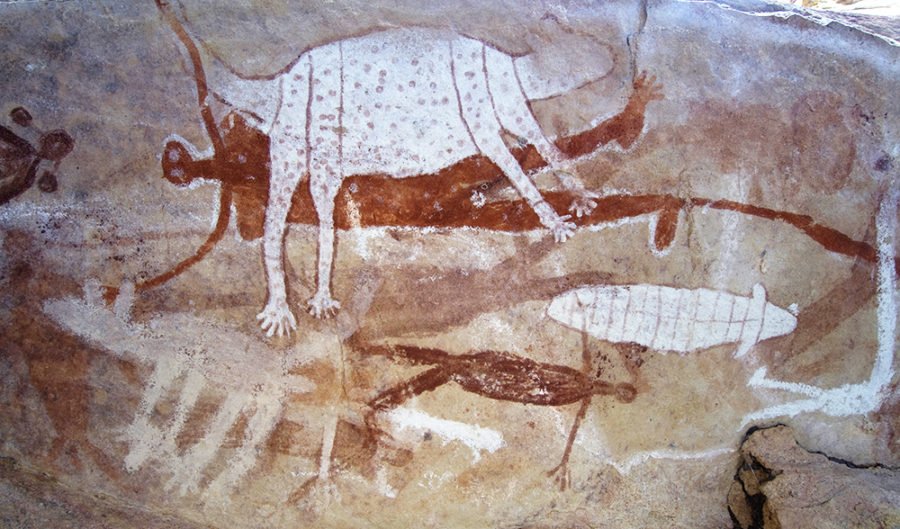Australia’s ancient landscapes are adorned with a treasure trove of Aboriginal rock art, offering a glimpse into the rich cultural history of the First Nations people. These ancient artworks, created by Aboriginal communities over thousands of years, are not only visually stunning but also hold deep spiritual and cultural significance. Embarking on a journey to explore Australia’s Aboriginal rock art sites allows you to delve into the country’s ancient history, connect with the land and its traditional custodians, and gain a deeper understanding of Aboriginal culture. In this blog post, we invite you to trek through time as we explore Australia’s ancient Aboriginal rock art sites, unraveling the stories and significance preserved on these sacred canvases.
Cultural Significance: Stories Written in Stone
Aboriginal rock art is much more than just decorative imagery; it is a powerful form of storytelling. These ancient artworks, painted or engraved on rocks and cave walls, depict stories of creation, ancestral beings, spiritual beliefs, and daily life. They provide a window into the rich cultural heritage and wisdom of the Aboriginal people, allowing us to gain insights into their connection to the land and their traditional way of life. Each rock art site has its own unique stories and significance, making each visit a captivating and educational experience.
Ubirr Rock, Kakadu National Park: Ancient Masterpieces
Located within Kakadu National Park in the Northern Territory, Ubirr Rock is home to some of Australia’s most iconic and well-preserved rock art. The site boasts an extensive collection of Aboriginal art, including stunning examples of X-ray art, depicting animals and human figures. Join a guided tour to learn about the cultural significance of the artworks, the stories they convey, and the techniques used by Aboriginal artists. As you stand before these ancient masterpieces, you can’t help but feel a sense of awe and connection to the land and its history.
Burrup Peninsula, Western Australia: The World’s Oldest Rock Art
On the Burrup Peninsula in Western Australia, you’ll find one of the world’s most significant rock art collections. The peninsula is home to tens of thousands of petroglyphs (rock engravings), dating back thousands of years. These engravings depict a wide range of subjects, from human figures to animals, plants, and intricate geometric patterns. Explore the site with a local guide who can share the cultural significance of the engravings and the stories they represent. Walking among these ancient carvings, you’ll gain a profound appreciation for the enduring connection between the Aboriginal people and the land.
Flinders Ranges, South Australia: Ancient Stories in the Outback
In the rugged and majestic Flinders Ranges of South Australia, ancient rock art sites dot the landscape, offering a glimpse into the region’s rich Aboriginal history. Venture deep into the outback to discover secluded rock shelters adorned with vibrant ochre paintings. Marvel at the depictions of animals, human figures, and spiritual beings that have stood the test of time. Engage with local Indigenous guides who can share their knowledge and provide cultural insights into the significance of the art. As you witness these ancient stories etched on the rock walls, you’ll be transported back in time, connecting with the traditions and wisdom of the Aboriginal people.
Embarking on a journey to explore Australia’s ancient Aboriginal rock art sites is a profound and enriching experience. These sacred canvases provide a window into the rich cultural heritage and storytelling traditions of the Aboriginal people. From the awe-inspiring rock art at Ubirr Rock in Kakadu National Park to the ancient petroglyphs of the Burrup Peninsula and the vibrant ochre paintings in the Flinders Ranges, each site offers a unique glimpse into Australia’s ancient history. As you trek through time, you’ll gain a deeper understanding and appreciation for Aboriginal culture, connecting with the land and its traditional custodians in a truly meaningful way.
